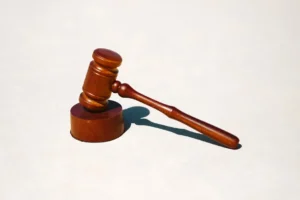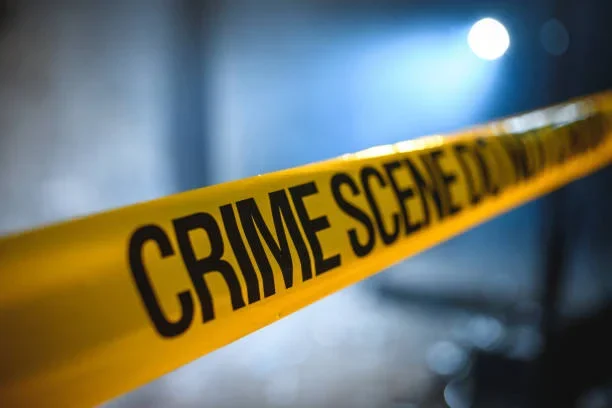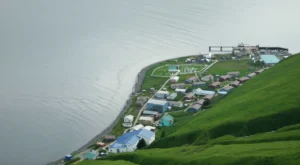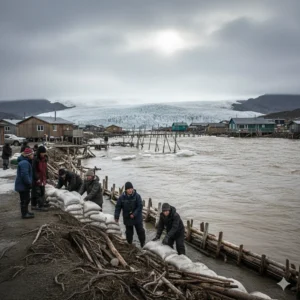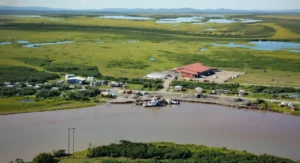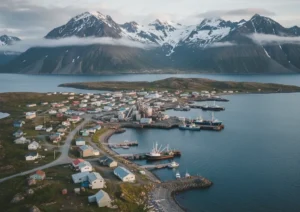Alaska—the Last Frontier. Known for its majestic mountains, glacier-fed rivers, and untamed wilderness. But behind the awe-inspiring beauty lies a more unsettling reality: Alaska’s crime rate is among the highest in the United States.
From persistent violent crimes to isolated communities struggling with limited law enforcement, Alaska’s situation is both unique and urgent.
In this article, we’ll explore the real reasons behind Alaska’s high crime rate, dig into the data, and examine real solutions that can make a difference.
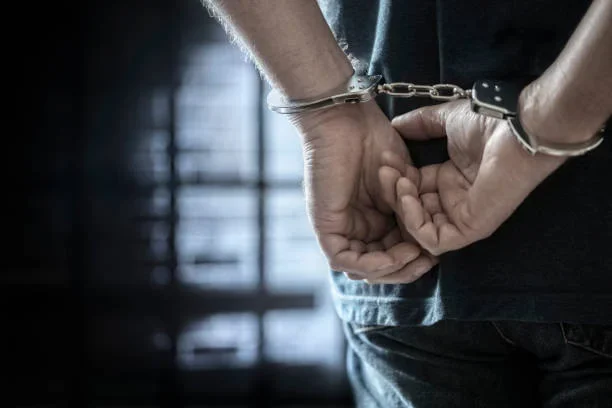
The Current State of Alaska’s Crime Rate
Alaska consistently ranks near the top for violent crimes per capita in the U.S., and 2023 was no different.
Here’s how Alaska compares to national averages:
Crime Type | Alaska (per 100,000) | National Average | How Much Higher |
Violent Crime Rate | ~370 | 5.4x higher | |
Aggravated Assault | 1,770.4 | ~265 | 6.7x higher |
Reported Rape | 119.8 | ~38 | 3.1x higher |
Alaska Crime rate compared to National Average
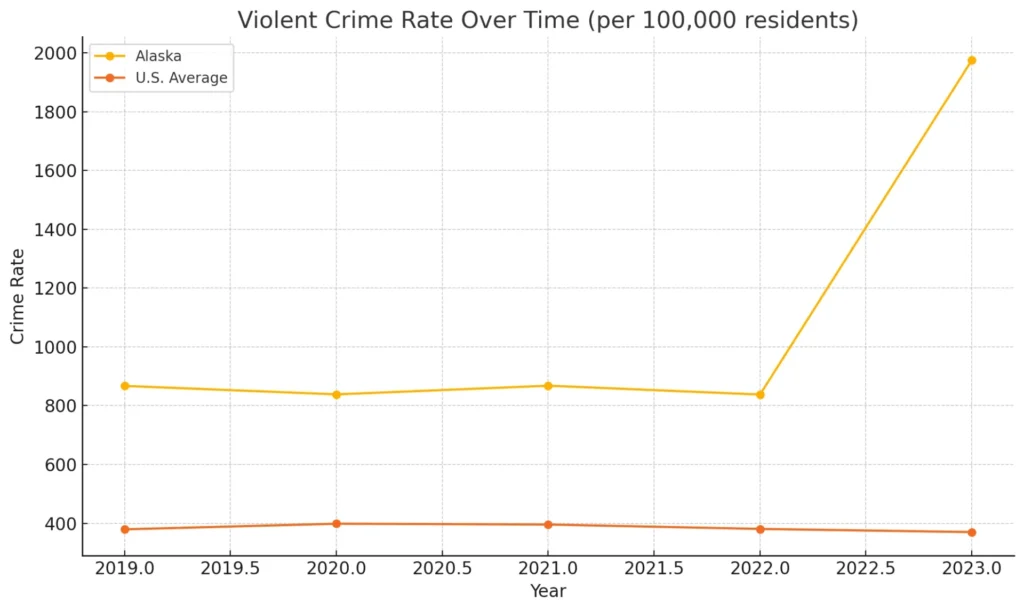

🧊 1. Alaska vs. U.S. Crime Rate Over Time (Past 5 Years)
Year | Alaska Violent Crime Rate (per 100k) | U.S. Average (per 100k) | Difference |
2019 | 867.1 | 379.4 | 2.3x |
2020 | 838.5 | 398.5 | 2.1x |
2021 | 867.9 | 395.7 | 2.2x |
2022 | 837.8 | 380.7 | 2.2x |
2023 | 1,975.2 | ~370 | 5.4x |
📌 Note: 2023 spike attributed to updated FBI UCR reporting and public interest law enforcement records.
- Arson incidents increased by 40%
Even though property crime has seen a slight decline, violent crime remains a serious concern, and the reasons run deep.

Why is Alaska so dangerous?
What’s Fueling Alaska’s High Crime Rate?
1. Remote Geography and Lack of Law Enforcement
Alaska is twice the size of Texas, but its population is just around 730,000. Many rural communities are inaccessible by road and don’t have their police departments.
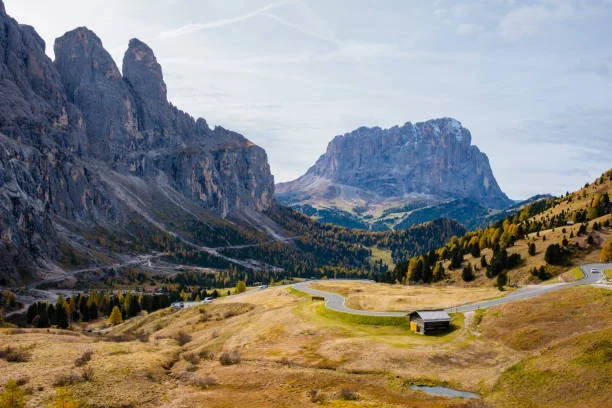
🌍Top 5 Alaska Cities by Violent Crime Rate
City | Violent Crime Rate (per 100k) | Property Crime Rate (per 100k) |
Anchorage | 1,244 | 5,300 |
Fairbanks | 1,120 | 4,980 |
Juneau | 968 | 4,870 |
Wasilla | 812 | 3,925 |
Bethel | 1,889 | 5,100 |
📌 Source: FBI Crime Data Explorer + Local PD reports, 2023

Crime rate in Alaska cities
The Village Public Safety Officer (VPSO) program was created to bridge the gap, but funding cuts, recruitment challenges, and a lack of local support have hampered its effectiveness.
In some villages, residents may wait hours or days for help to arrive from the nearest city. Without a consistent law enforcement presence, crime often goes unreported or unpunished.
“In many parts of Alaska, lawlessness isn’t the exception—it’s the norm.”
Investigative Report, Anchorage Daily News
2. Substance Abuse and Mental Health Crisis
Alaska has some of the highest rates of alcohol and drug abuse in the country. For many, the long, dark winters and isolation fuel depression and anxiety.
- Alaska ranks #1 in the U.S. for alcohol-related deaths per capita.
- Suicide rates are twice the national average, with Native communities most affected.
- Many crimes—including assaults and homicides—are committed under the influence of alcohol or narcotics.

Factor | Alaska Rate | U.S. Average | Notes |
Alcohol-Related Deaths | 34.3 per 100k | 10.6 per 100k | Alaska ranks #1 nationally |
Drug Overdose Deaths | 28.5 per 100k | 22.7 per 100k | Mostly opioid-related |
Suicide Rate | 30.2 per 100k | 13.9 per 100k | Highest among Native youth |
Inmates with MH Conditions | 65% | ~45% | Based on the Anchorage correctional facilities |
📌 Source: Alaska DHSS, SAMHSA, and NAMI (2023–2024)
In communities with no nearby mental health services, jails often become the default solution for crises—a system that only deepens the cycle of crime.

3. Poverty, Unemployment, and Generational Trauma
High crime often correlates with poor economic conditions, and Alaska is no exception.
- Some rural communities experience unemployment rates exceeding 25%
- Housing shortages and food insecurity are widespread
- The legacy of colonization, cultural erasure, and boarding schools has left deep scars in Native populations, contributing to family instability and community breakdown
The result? A social fabric stretched too thin—one where violence and substance abuse become normalized responses to daily hardship.

4. Legal Loopholes and Limited Tribal Jurisdiction
Due to legal quirks in Alaska’s statehood and the Alaska Native Claims Settlement Act of 1971, tribal governments don’t have the same legal powers over their lands as tribes in the lower 48.
This means:
- Tribes often can’t prosecute non-Natives who commit crimes in their villages
- Tribal courts are underfunded or ignored by state and federal agencies
- Native women are victims of sexual violence at rates up to 10x the national average, yet have fewer avenues for legal protection
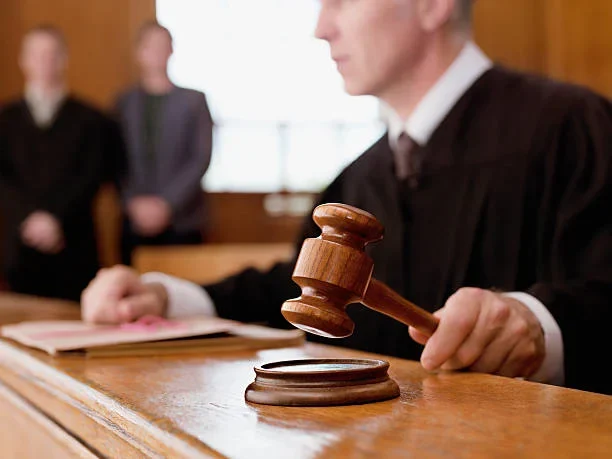
A Path Forward: Real Solutions to Lower the Alaska Crime Rate
✅ 1. Strengthen Law Enforcement in Rural Areas
- Expand the VPSO program and offer bonuses for long-term rural service
- Create a state-funded Law Enforcement Fellowship modeled after the Community Health Aide program
- Offer remote video reporting systems for villages without police presence
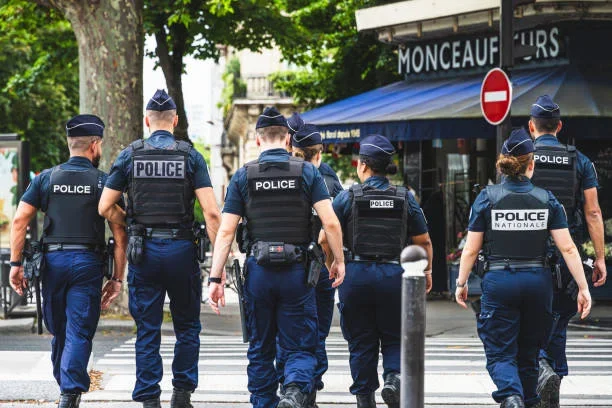
✅ 2. Invest in Mental Health and Addiction Treatment
- Build mobile mental health clinics for rural communities
- Support mental health courts to provide alternatives to jail (like Anchorage’s successful Mental Health Court)
- Fund trauma-informed care programs for domestic abuse survivors

✅ 3. Empower Tribal Governments
- Pass federal legislation to restore full jurisdiction to Alaska Native tribes
- Expand the Violence Against Women Act to include all Alaska communities
- Recognize and fund tribal courts as equal partners in justice

✅ 4. Economic Uplift Through Education and Jobs
- Create job training pipelines tailored to local needs (fisheries, tourism, clean energy)
- Invest in youth engagement programs to prevent gang activity and substance abuse
- Provide microgrants to Native entrepreneurs and village-based startups

Conclusion: A New Chapter for Alaska’s Future
The Alaska crime rate is not just a number—it’s a signal. A signal that rural communities need help, that Indigenous voices need to be heard, and that investment, not abandonment, is the key to safety.
But Alaska also has something powerful: resilience.
With smart reforms, compassionate policy, and empowered local leadership, the Last Frontier can lead the nation in building innovative, culturally rooted solutions to crime.



